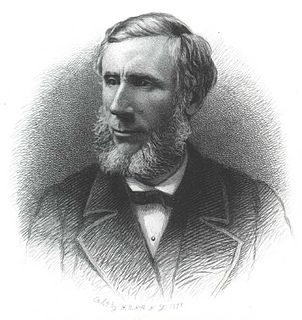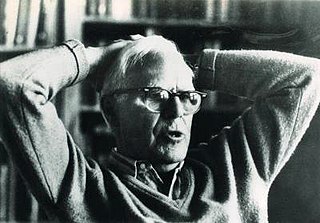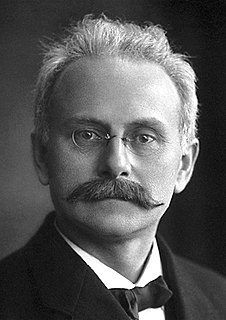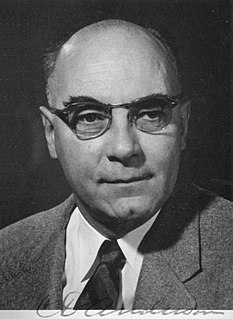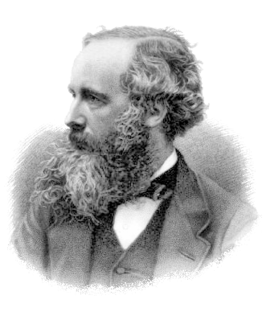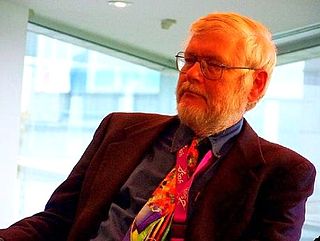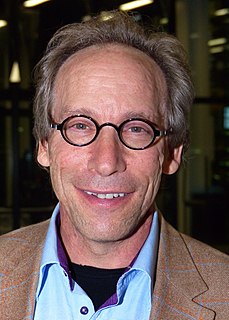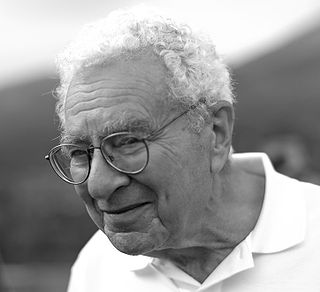A Quote by Werner Heisenberg
It is seen that both matter and radiation possess a remarkable duality of character, as they sometimes exhibit the properties of waves, at other times those of particles. Now, it is obvious that a thing cannot be a form of wave motion and composed of particles at the same time - the two concepts are too different.
Related Quotes
Mathematics is not only real, but it is the only reality. That is that entire universe is made of matter, obviously. And matter is made of particles. It's made of electrons and neutrons and protons. So the entire universe is made out of particles. Now what are the particles made out of They're not made out of anything. The only thing you can say about the reality of an electron is to cite its mathematical properties. So there's a sense in which matter has completely dissolved and what is left is just a mathematical structure.
Now the smallest Particles of Matter may cohere by the strongest Attractions, and compose bigger Particles of weaker Virture.... There are therefore Agents in Nature able to make the Particles of Bodies stick together by very strong Attraction. And it is the Business of experimental Philosophy to find them out.
So many of the properties of matter, especially when in the gaseous form, can be deduced from the hypothesis that their minute parts are in rapid motion, the velocity increasing with the temperature, that the precise nature of this motion becomes a subject of rational curiosity. Daniel Bernoulli, Herapath, Joule, Kronig, Clausius, &c., have shewn that the relations between pressure, temperature and density in a perfect gas can be explained by supposing the particles move with uniform velocity in straight lines, striking against the sides of the containing vessel and thus producing pressure.
Our natural state of being is in relationship, a tango, a constant state of one influencing the other. Just as the subatomic particles that compose us cannot be separated from the space and particles surrounding them, so living beings cannot be isolated from each other... By the act of observation and intention, we have the ability to extend a kind of super-radiance to the world.
The last level of metaphor in the Alice books is this: that life, viewed rationally and without illusion, appears to be a nonsense tale told by an idiot mathematician. At the heart of things science finds only a mad, never-ending quadrille of Mock Turtle Waves and Gryphon Particles. For a moment the waves and particles dance in grotesque, inconceivably complex patterns capable of reflecting on their own absurdity.
We are always getting ready to live, but never living... The wave moves onward but the particles of which it is composed do not... It cannot be but that at intervals throughout society there are real men intermixed . . . as the carpenter puts one iron bar in his bannister for every five or six wooden ones.

